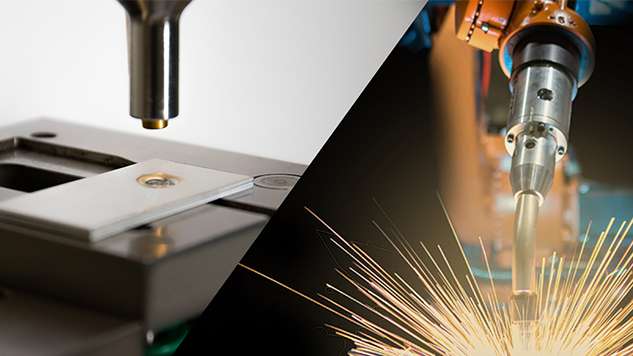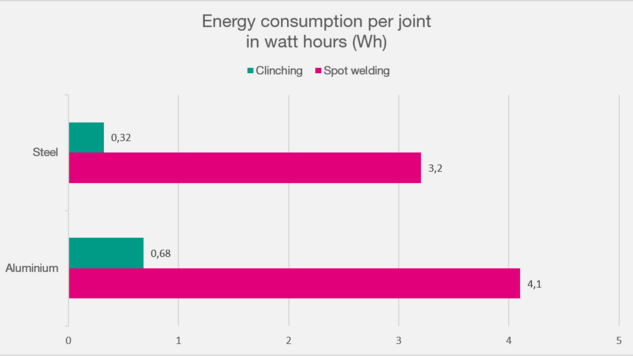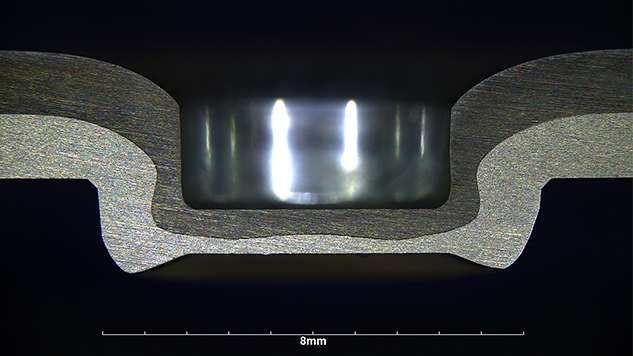TOX®-Clinching, also called “toxing”, has already earned its name all over the world as smart joining technology. But when thinking of joining technology, what first comes to mind for many is resistance spot welding (RSW). This procedure is known and often used in the industry. An examination conducted by the laboratory for materials engineering and joining technology of the University of Paderborn proved that this solution generates a lot of emissions. Clinching technology performs markedly better here.
The current challenges for manufacturing companies are complex. They must deliver high-quality products quickly and reliably and save costs at the same time. Furthermore, the pressure to reduce CO2 is growing. The demand for sustainable production is passed on by those responsible in the value chain. They increasingly also expect energy-efficient solutions from their suppliers.
This puts sub-suppliers under pressure. TOX® PRESSOTECHNIK recommends to take the CO2 footprint into account when selecting the joining technology, and to favor energy-saving technologies.
Technology comparison
Resistance spot welding is a well-established joining process, which has been used by many companies for decades, without being aware of the negative energy footprint. The sustainable alternative is clinching – an efficient technology offered by TOX® PRESSOTECHNIK to its customers. “This process is the technological solution for offering an energy-efficient joining process for the highly automated large-scale production as well as for single-item production at the manual workstation,” says Dr. Marcus Matzke, Head of Technology at TOX® PRESSOTECHNIK. “Clinching is a key technology with which users can achieve their set CO2 targets”, he adds.
To prove the advantages with regard to energy efficiency, TOX® PRESSOTECHNIK commissioned the laboratory for materials engineering and joining technology of the University of Paderborn to perform an energy consumption measurement for resistance spot welding. The institute examined a pure steel and pure aluminum compound.
Winner when it comes to energy
The result:Clinching has the edge for both material combinations. Depending on the joint, between 80 and 90 percent of energy can be saved. “You can thus significantly reduce your CO2 footprint with clinching instead of welding. Not only because during clinching, additional energy consumption in the form of ventilation or extraction can be fully dispensed with,”, says Dr. Marcus Matzke.
But the process not only impresses with regard to energy consumption. Companies can also save elsewhere: As a clinch connection is solely created through forming of the joining parts, auxiliary joining parts such as screws, nuts or rivets are not needed. Investing in any feeding device is also unnecessary. Neither coolant nor gas must be fed, and there are no chemicals or other contaminants to be disposed of. Furthermore, no toxic fumes are generated during clinching, which might harm the operating personnel. And the noise level during operation is significantly lower.
“Concerning the financial expenditure, we expect 40 percent less investment, operating and tool costs for our customers based on a direct comparison,” says the Head of Technology.




























